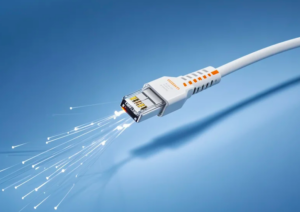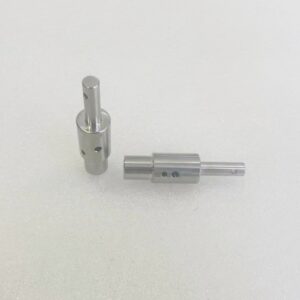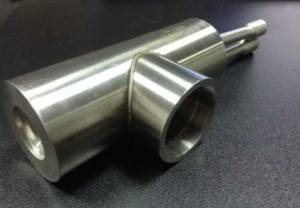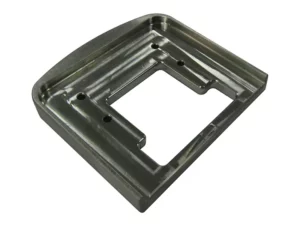A fiber optic data cable is a network cable that has a strand of glass fibers inside an insulated casing. These data cables are designed for long distance telecommunications and high performance data networks. These cables are widely used in computer networking, mechanical inspections, the automotive industry, surgery and dentistry, and military and space applications.
Further, fiber optic cables support the world’s internet, telephone systems, and cable television. Let’s explore the benefits of a fiber optic data cable and its buyer’s guide.
Table of Contents
ToggleWant to Know About the Advantages of a Fiber Optic Data Cable?
Fiber optic cables are designed to transmit data over long distances using pulses of light. They have many advantages over traditional copper cables. Here are some critical advantages of fiber optic cables.
 1. High Bandwidth
1. High Bandwidth
A fiber optic data cable has a much higher bandwidth than a copper data cable. It can support high-speed data transfer rates, ranging from hundreds of megabits per second (Mbps) to terabits per second (Tbps), depending on the type of fiber and the equipment used.
2. Long Transmission Distance
Fiber optic cables can travel longer distances than copper cables without significant signal loss. Like single-mode fiber, which uses a thin core and is designed for long-distance transmission, it can carry signals over hundreds of kilometers without amplification.
3. Low Attenuation And Resistance to Electromagnetic Interference
Attenuation refers to the loss of signal strength traveling along the cable. A fiber optic data cable has significantly lower attenuation compared to copper cables. It allows for longer transmission distances and the ability to maintain signal integrity over vast distances. Unlike copper cables, fiber optic cables are not affected by electromagnetic interference. This makes them ideal for environments with higher levels of electrical noise or areas prone to interference, such as industrial equipment or near power lines.
4. Reliability and Safety
Fiber optic cables do not conduct electricity and resist potential ground differences. They are not fire hazards, even if they are damaged or aging. Consequently, they eliminate the risk of electrical shocks and offer safe deployments in areas with high-voltage equipment. Furthermore, although a fiber optic data cable is usually much lighter and thinner, it is also sturdier. This way, it can withstand far greater forces, and consequently, the chances of damage or incurring breakage across long runs are less likely. In addition, optic cables are resistant to moisture, poor weather, or extreme temperatures nearly as much as copper-based wiring.
5. Low Latency
Fiber optic cables offer low latency, meaning they can transmit data with high speed and minimal delay. This feature is crucial for applications that require real-time data transmission, such as online gaming, video conferencing, or financial trading.
Buyer’s Guide to Fiber Optic Data Cable
Buying fiber optic cables requires careful consideration to select the suitable cable for your needs.
1. To make an informed decision, you must focus on cable type, including single-mode or multi-mode. Single-mode cables transmit over long distances but are more expensive, while multi-mode are suitable for short distances but offer lower costs.
2. Determine whether the cable will be installed indoors or outdoors. Outdoor cables have additional protection against UV radiation, moisture, and other environmental factors.
3. You must measure the cable length accurately to ensure you purchase the appropriate length. It is recommended to add some extra length for flexibility during installation.
4. Choose reputable brands and reliable suppliers to ensure you receive high-quality data cables.
A fiber optic data cable has revolutionized how we transmit and communicate information. It continues to play a crucial role in an increasingly interconnected world. It offers numerous advantages over traditional copper cables, making it the preferred choice for high-speed, long-distance data transmission.
0


